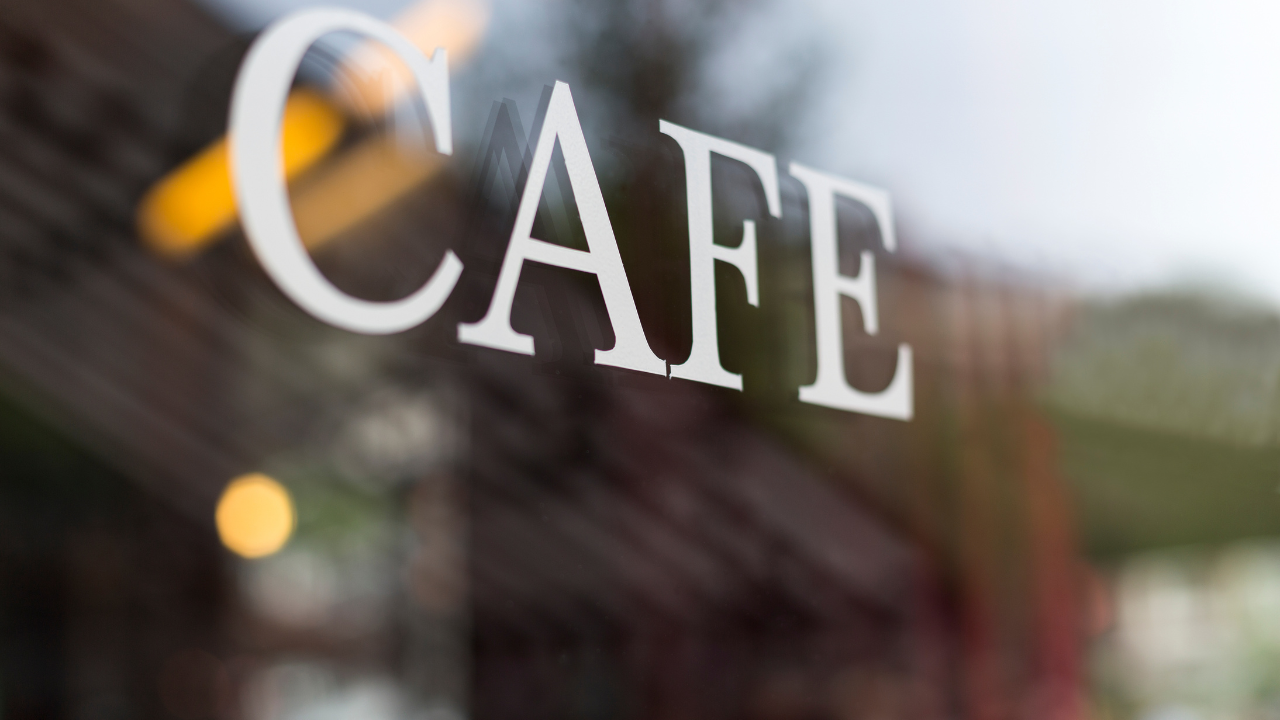
The History of the Eiffel Tower and its Importance to France
Jun 01, 2023The Eiffel Tower, one of the most recognizable structures in the world, is a symbol of French ingenuity and cultural heritage. It stands tall in the heart of Paris, drawing millions of visitors each year. Let's delve into the fascinating history of the Eiffel Tower and explore why it holds such significance for France and the world.
The Birth of an Icon
The story of the Eiffel Tower begins in the late 19th century. France was preparing to host the 1889 Exposition Universelle (World's Fair) to celebrate the 100th anniversary of the French Revolution. The French government announced a competition to design an impressive monument that would serve as the centerpiece of the exposition. Out of over 100 proposals, the design by engineer Gustave Eiffel and his team was selected.
Construction of the tower began in January 1887 and was completed in March 1889, just in time for the exposition. Remarkably, the project was completed ahead of schedule and within budget. Standing at 324 meters (1,063 feet) tall, it was the tallest man-made structure in the world until the completion of the Chrysler Building in New York City in 1930.
Architectural Marvel
The Eiffel Tower's design was revolutionary for its time. It was constructed using iron, a material that was both strong and lightweight, allowing for the creation of such a towering structure. The tower's lattice design was not only aesthetically pleasing but also provided stability against the wind.
Gustave Eiffel's innovative approach to the tower's construction involved prefabricated sections that were assembled on-site. This method streamlined the construction process and ensured precision in the tower's intricate design. Today, the Eiffel Tower is considered a masterpiece of engineering and a testament to the possibilities of modern architecture.
Symbol of France
Over the years, the Eiffel Tower has become a symbol of France and its cultural heritage. It has played a significant role in shaping the identity of Paris as the "City of Light." The tower's image is synonymous with romance, art, and elegance. It has appeared in countless films, photographs, and artworks, further cementing its status as an iconic landmark.
During World War II, the Eiffel Tower stood as a symbol of resilience. When Hitler visited Paris, the French famously cut the lift cables, forcing him to climb the stairs if he wanted to reach the top. This act of defiance showcased the tower as a symbol of French pride and resistance.
Tourist Attraction
Today, the Eiffel Tower attracts over 7 million visitors annually, making it one of the most visited monuments in the world. Visitors can take an elevator ride to the top for a breathtaking view of Paris or enjoy a meal at one of the tower's restaurants. The tower is also illuminated at night, creating a dazzling spectacle that can be seen from across the city.
In addition to being a tourist attraction, the Eiffel Tower serves as a cultural hub. It hosts exhibitions, concerts, and events that celebrate French culture and history. The tower's significance extends beyond its physical presence, as it continues to inspire and captivate people from all corners of the globe.
The Eiffel Tower is more than just a structure; it is a symbol of French ingenuity, resilience, and cultural heritage. Its history is a testament to the innovative spirit of the 19th century, and its enduring importance to France is a reflection of its impact on the world. As we admire its towering presence and intricate design, we are reminded of the enduring legacy of the Eiffel Tower and its place in the heart of France.









